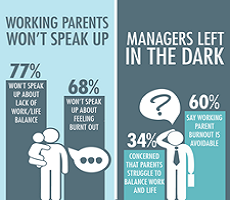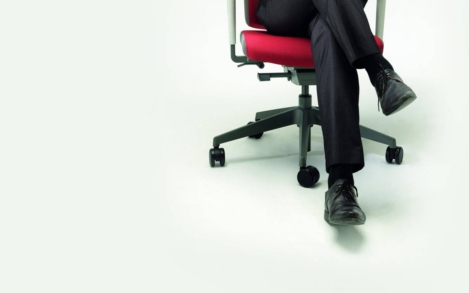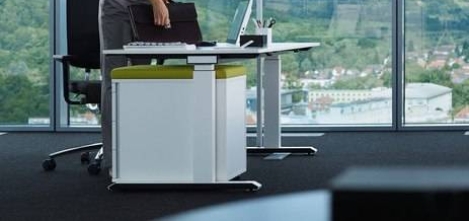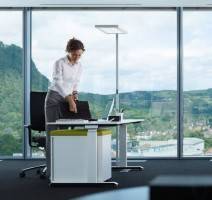October 22, 2015
Shrinking Asian workplace density could impair business performance 0
 Workplace static density, i.e. the space per sq. ft. per workstation, has halved in many Asian markets over the last decade and in many parts of Asia, this has already reached a point where further reductions will impact productivity, performance and retention. In Hong Kong, India and China, workplace space has shrunk from 100 sq. ft. per desk to 50-60 sq. ft. per desk. This figure is nearly half that of Europe and the US, where density norms are around 150-200 sq. ft. per desk. Elsewhere, in Australia and New Zealand, standards remain more generous at around 90-150 sq. ft. per desk. CBRE’s recent report, Space Utilization: The Next Frontier, looks at how organizations across the region are now under pressure to drive down costs by increasing their workplace ‘static density’ and suggests ways in which companies can use workplace density and utilization data to drive efficiency and business performance.
Workplace static density, i.e. the space per sq. ft. per workstation, has halved in many Asian markets over the last decade and in many parts of Asia, this has already reached a point where further reductions will impact productivity, performance and retention. In Hong Kong, India and China, workplace space has shrunk from 100 sq. ft. per desk to 50-60 sq. ft. per desk. This figure is nearly half that of Europe and the US, where density norms are around 150-200 sq. ft. per desk. Elsewhere, in Australia and New Zealand, standards remain more generous at around 90-150 sq. ft. per desk. CBRE’s recent report, Space Utilization: The Next Frontier, looks at how organizations across the region are now under pressure to drive down costs by increasing their workplace ‘static density’ and suggests ways in which companies can use workplace density and utilization data to drive efficiency and business performance.




















 In years gone by, a ‘one size fits all’ approach to office design might have been the norm, but as the decades have progressed, so too have the options available to businesses designing ‘homes from home’ for their office-based workforces. As new interpretations of the office environment proliferated, so the open plan model came to into being and eventually evolved into the default office design model. This initially brought greater variety than ever before but, ultimately, a one size fits all mentality in
In years gone by, a ‘one size fits all’ approach to office design might have been the norm, but as the decades have progressed, so too have the options available to businesses designing ‘homes from home’ for their office-based workforces. As new interpretations of the office environment proliferated, so the open plan model came to into being and eventually evolved into the default office design model. This initially brought greater variety than ever before but, ultimately, a one size fits all mentality in 
 Biodynamic lighting is an artificial light source that replicates the dynamic variations of daylight and sunlight through a light management system. Up until recent times, it was commonly believed that light was only needed for seeing. However, in 2001, an American scientist, G. C. Brainard discovered a circadian photoreceptor in the retina, which receives a specific quality and quantity of light, and sets the biological clock.* He discovered that light not only provides us with the ability to see, but that light enters the eye via the ‘fourth pathway’, which has a vital non-visual or biological effect on the human body. His studies showed that a certain quantity and quality of light stimulates the biological clock, also known as the circadian rhythm, which regulates hormone levels, particularly melatonin and cortisone, in the body and so plays a vital role in our physical and mental wellbeing.
Biodynamic lighting is an artificial light source that replicates the dynamic variations of daylight and sunlight through a light management system. Up until recent times, it was commonly believed that light was only needed for seeing. However, in 2001, an American scientist, G. C. Brainard discovered a circadian photoreceptor in the retina, which receives a specific quality and quantity of light, and sets the biological clock.* He discovered that light not only provides us with the ability to see, but that light enters the eye via the ‘fourth pathway’, which has a vital non-visual or biological effect on the human body. His studies showed that a certain quantity and quality of light stimulates the biological clock, also known as the circadian rhythm, which regulates hormone levels, particularly melatonin and cortisone, in the body and so plays a vital role in our physical and mental wellbeing.











October 22, 2015
Seven ways to make your office work for different workstyles 0
by Brittney Herrera • Comment, Flexible working, Wellbeing, Workplace design
More →